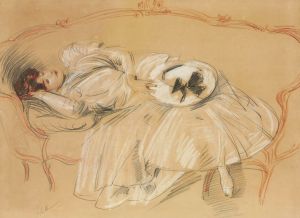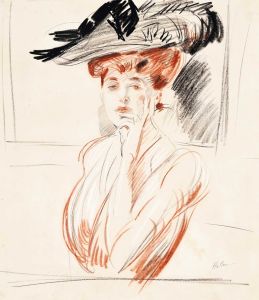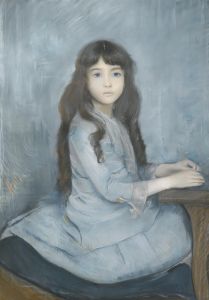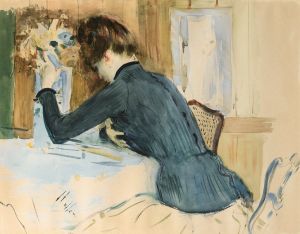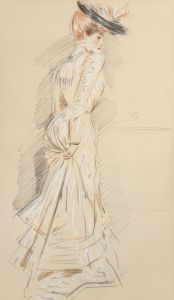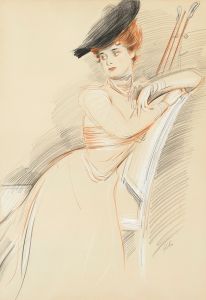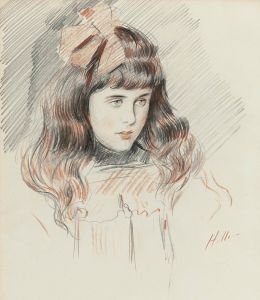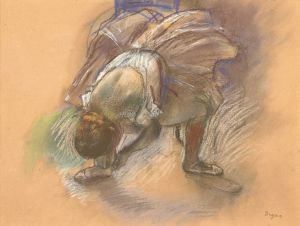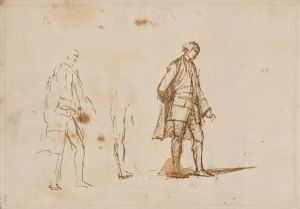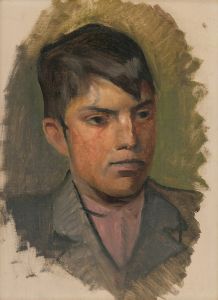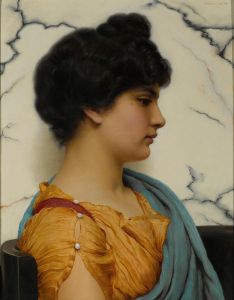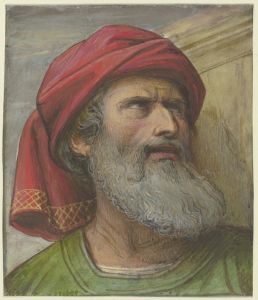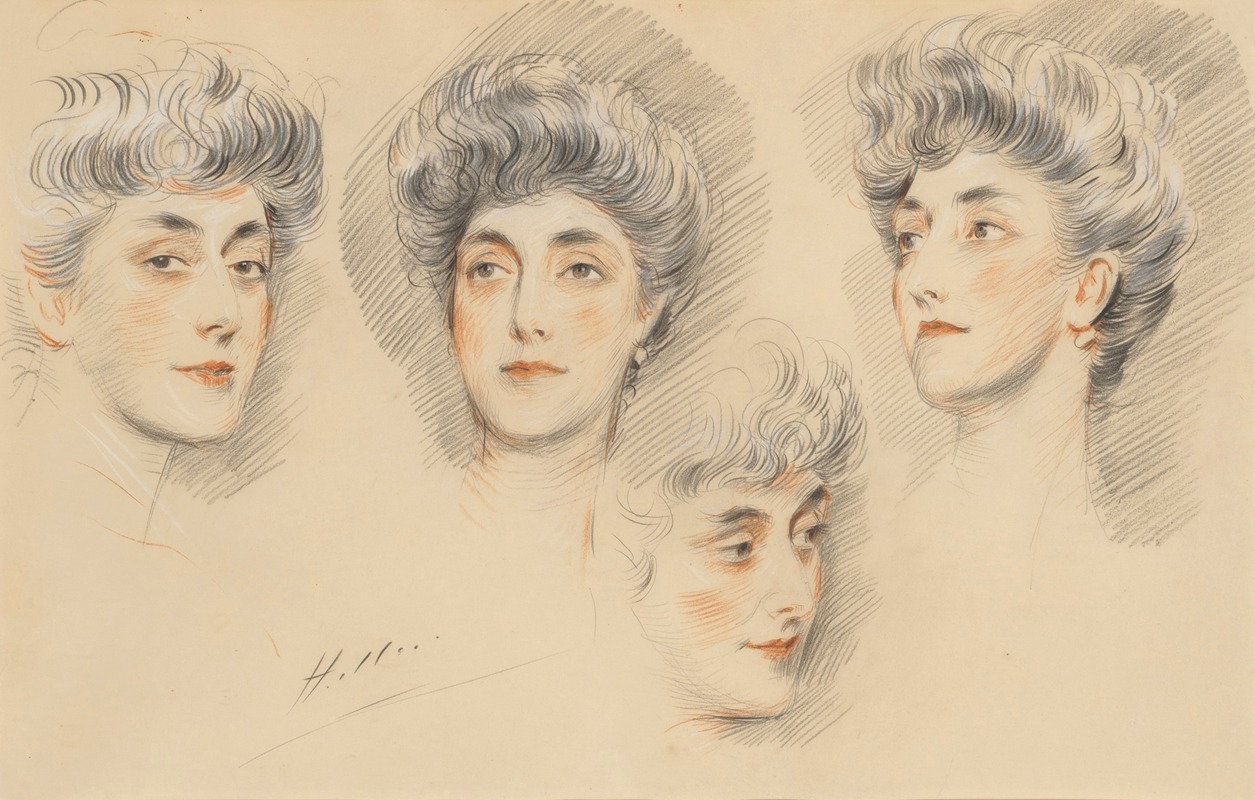
Four head studies of a lady, traditionally identified as Mrs Gertrude Vanderbilt Whitney
A hand-painted replica of Paul César Helleu’s masterpiece Four head studies of a lady, traditionally identified as Mrs Gertrude Vanderbilt Whitney, meticulously crafted by professional artists to capture the true essence of the original. Each piece is created with museum-quality canvas and rare mineral pigments, carefully painted by experienced artists with delicate brushstrokes and rich, layered colors to perfectly recreate the texture of the original artwork. Unlike machine-printed reproductions, this hand-painted version brings the painting to life, infused with the artist’s emotions and skill in every stroke. Whether for personal collection or home decoration, it instantly elevates the artistic atmosphere of any space.
Paul César Helleu was a French artist known for his elegant portraits of society women during the Belle Époque period. One of his notable works is "Four Head Studies of a Lady," traditionally identified as Mrs. Gertrude Vanderbilt Whitney. This artwork exemplifies Helleu's skill in capturing the grace and sophistication of his subjects through his distinctive style.
Helleu was born on December 17, 1859, in Vannes, France. He studied at the École des Beaux-Arts in Paris under the tutelage of Jean-Léon Gérôme. Helleu became well-known for his drypoint etchings and pastels, which often featured fashionable women of the time. His work was highly sought after by the elite, and he became a prominent figure in the art world, both in France and internationally.
The subject of "Four Head Studies of a Lady" is traditionally identified as Mrs. Gertrude Vanderbilt Whitney, an American sculptor, art patron, and founder of the Whitney Museum of American Art in New York City. Born on January 9, 1875, into the wealthy Vanderbilt family, Gertrude Vanderbilt Whitney was a significant figure in the art world, known for her contributions to the promotion of American artists and her own work as a sculptor.
Helleu's "Four Head Studies of a Lady" showcases his ability to convey the elegance and poise of his subjects. The artwork consists of four separate studies, each capturing a different angle or expression of the lady. Helleu's use of line and shading demonstrates his mastery of the drypoint technique, a method that involves incising an image onto a plate with a hard-pointed needle. This technique allows for fine lines and subtle gradations of tone, which Helleu used to great effect in his portraits.
The identification of the subject as Mrs. Gertrude Vanderbilt Whitney is based on traditional attribution, though specific documentation confirming this identification is not widely available. Regardless of the subject's identity, the artwork remains a testament to Helleu's skill in portraiture and his ability to capture the essence of his subjects.
Helleu's work was celebrated during his lifetime, and he was friends with many notable figures of the era, including Marcel Proust, with whom he shared a mutual admiration. Helleu's portraits were featured in exhibitions across Europe and the United States, cementing his reputation as a leading portrait artist of his time.
"Four Head Studies of a Lady" reflects the cultural and artistic milieu of the Belle Époque, a period characterized by optimism, cultural flourishing, and a focus on beauty and elegance. Helleu's portraits, including this work, are emblematic of the era's aesthetic values and continue to be appreciated for their artistic merit and historical significance.
Paul César Helleu passed away on March 23, 1927, in Paris, leaving behind a legacy of exquisite portraits that capture the spirit of an era. His work remains influential, and his portraits are held in high regard by collectors and art historians alike. "Four Head Studies of a Lady" is a fine example of his artistic prowess and his contribution to the world of portraiture.





